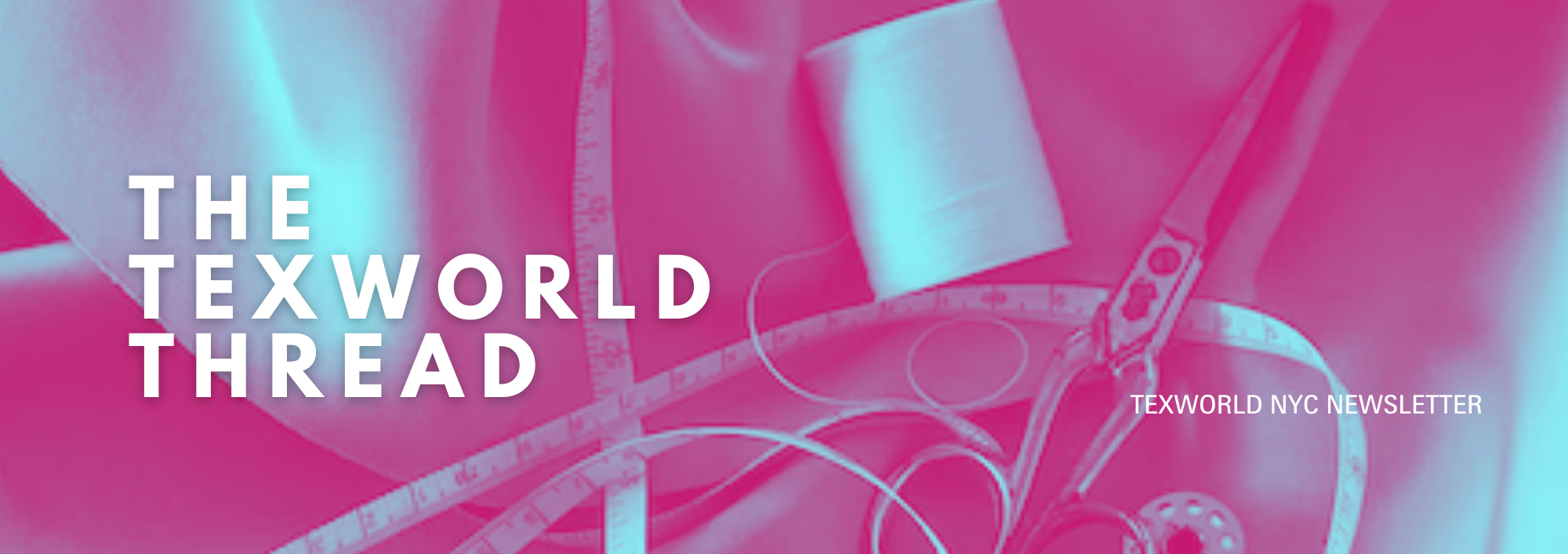May 25, 2023
China: The Expertise is There
Even before Covid-19 derailed supply chains around the globe, sourcing managers vowed to diversify operations. Since the pandemic, the industry has redoubled its efforts. But the myriad considerations inherent in sourcing decisions makes building the right matrix complicated—to say the least. Ultimately, all outcomes end up being a result of one or more tradeoffs. Add in the inevitable uncertainties and unforeseens, and balancing speed against costs, proximity against skills, and stability against volume means the supply chain is continuously being redrawn.
Amid all of the changes, one thing is a constant: China remains an integral part of the mix.
While the sourcing behemoth has struggled amid geopolitical tug-of-wars and forced labor concerns, the country's infrastructure—born of decades of investment in raw materials and finished goods—makes it uniquely able to overcome supply chain disruption. And the proof is in the output. In 2022, China represented 37 percent of global apparel exports despite the headwinds, according to transport economics firm MDS Transmodal.
Even for companies like Haggar Clothing Co., which has winnowed its production in the country, it’s still reliant on China for fabric. "Everyone is finding it difficult to move a lot of things out of China because China does so many things so well. The expertise is there, the equipment is there," Tony Anzovino, Haggar’s sourcing chief, told Bloomberg in March.
This sentiment permeates the apparel category.
A survey of 30 leading international fashion companies published in a recent United Nations/World Trade Organization report showed that China outperforms all other countries in critical areas like innovation and efficiency and ties Vietnam for production quality, scoring a 4.5 out of 5 across these categories. While the respondents acknowledged weaknesses in areas like political stability and compliance/sustainability, the country's output volume shows that the pros outweigh the cons.
Through October 2022, China accounted for 35.6 percent of all apparel imports into the U.S. compared to 15.3 percent from Vietnam, which is its closest competitor, according to the U.S. Commerce Department’s Office of Textiles & Apparel data analysis.
Counted among China's chief strengths are efficiency, vertical integration, supplier base, and innovation. Further, the U.S. International Trade Commission recognizes China as the most “highly diverse” in its Product Export Diversification Index.
The country's skill across a wide variety of product categories will continue to solidify its importance to global apparel production, according to Dr. Sheng Lu, associate professor in the Department of Fashion and Apparel Studies at the University of Delaware.
“As US fashion companies increasingly emphasize flexibility and agility in their sourcing decisions, offering a wide range of products will be an ever more critical competitive edge when competing for sourcing orders,” Lu noted in Just-Style.com.
Join Texworld and Apparel Sourcing NYC this summer to shop materials and finished goods from suppliers from China, Korea, Taiwan, Turkey, India and other countries.
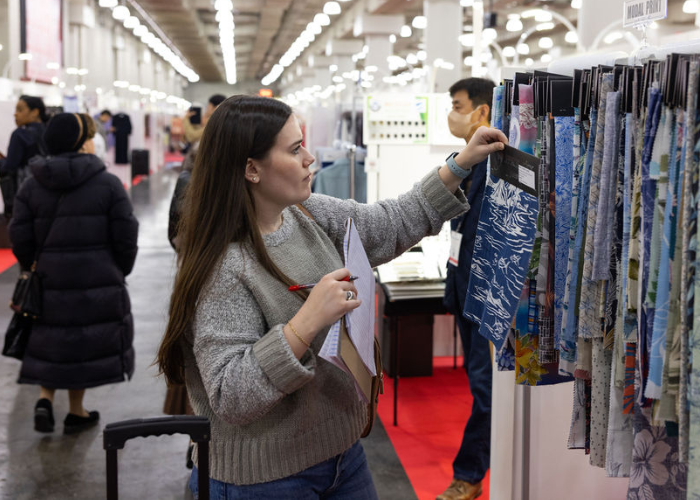
Textile Talk: Striving for Sustainability
Sustainability expert, Andrea Kennedy, will moderate a conversation with the sustainability teams at Alice + Olivia and Steve Madden on reducing impacts, creating roadmaps, and crafting collaborations for greater fashion sustainability. Join the discussion Tuesday, July 18 at 1:30 pm on the show floor. See the full seminar schedule here.
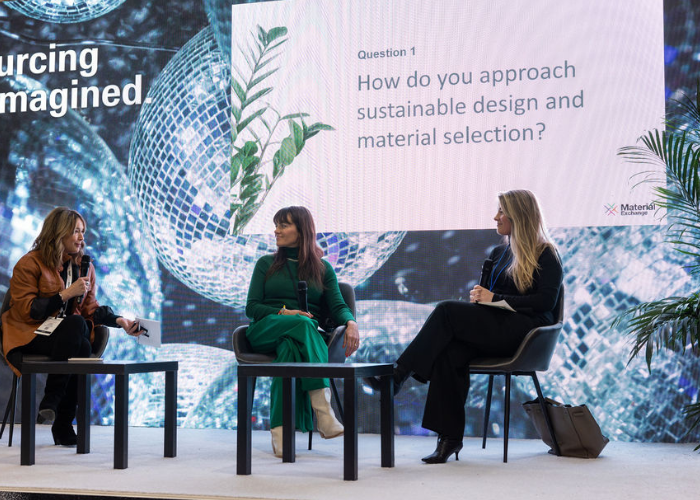
NEW! Natural Dye It Yourself Workshops
Texworld NYC will host a complementary dyeing technique workshops given by Sodhani Bio Tech, a natural dyestuff producer from India. The workshop will include a presentation on natural dyes and powders, and their contribution towards sustainability, including a Q&A session. The dyeing methods will be demonstrated by trained artisans who will work with each participant to develop their own designs on totes, t-shirts, towels, and more. The workshops will take place daily.
Tuesday, July 18
10:30 – 12:00 PM - Indigo Dye Shibori
3:00 – 4:30 PM - Indigo Dye Shibori
Wednesday, July 19
10:30 – 12:00 PM - Natural Dye Utilizing Food Waste
3:00 – 4:15 PM - Eco-Printing using Designs from Nature
Thursday, July 20
10:30 – 12:00 PM - Dyeing with Nature’s Kaleidoscope of Colors
1:00 – 2:30 PM – Dyeing with Nature’s Kaleidoscope of Colors
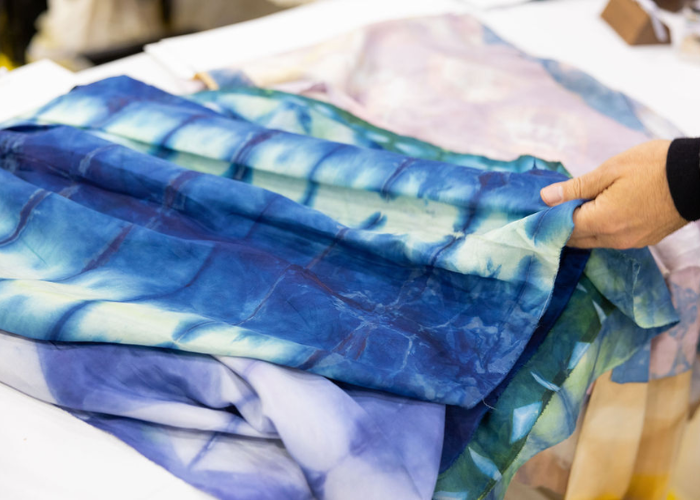
Turkiye Pavilion
At Texworld NYC, Turkish manufacturers will once again be strongly represented. The Istanbul Chamber of Commerce will bring more than 25 suppliers, divided between the home textile, apparel textiles and apparel manufacturing industry. Turkiye is the largest textile producer in Europe as well as an important manufacturing hub for cotton and synthetic fibers. Everything from middle to high-end fabrics made from high-quality producers will be available in small and large quantities. Most suppliers are offering quick production times.
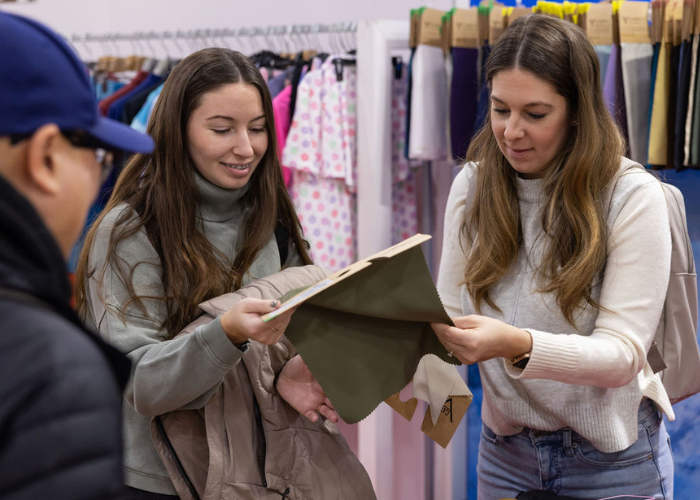
What We Are Reading:
Wall Street is paying more attention to the business risks posed by water
Investors hate risk and the newest threat on their radar is water. As floods, droughts and scarcity make headlines, stakeholders are increasingly demanding consumer products firms to disclose and minimize their exposure, according to Quartz. The question is how will this impact fashion and is the industry prepared to dodge water-related disruption?
In the aftermath of earthquakes, Türkiye’s textile industry calls on brands for support
Now, months out from the country’s devastating earthquakes, Turkey is looking to the apparel industry for support. While it has seen the exodus of some transactional business, the country, which is the sixth largest textile and apparel producer, says consistency and flexibility from supply chain partners is paramount. In addition to damage to production facilities, which caused short-term and permanent closures, Vogue Business learned that some traditional techniques are in danger of extinction without the appropriate investment.
Fiber “barcodes” can make clothing labels that last
A major hurdle for textile recycling is determining the fibers and chemicals contained in garments at end of life. MIT News reports on a novel approach to solving the problem. Taking a note from butterfly wings, researchers at MIT and the University of Michigan have developed special fibers that create a kind of “optical barcode” that, when read under infrared light, provide more in-depth and long-lasting details than traditional product labels
